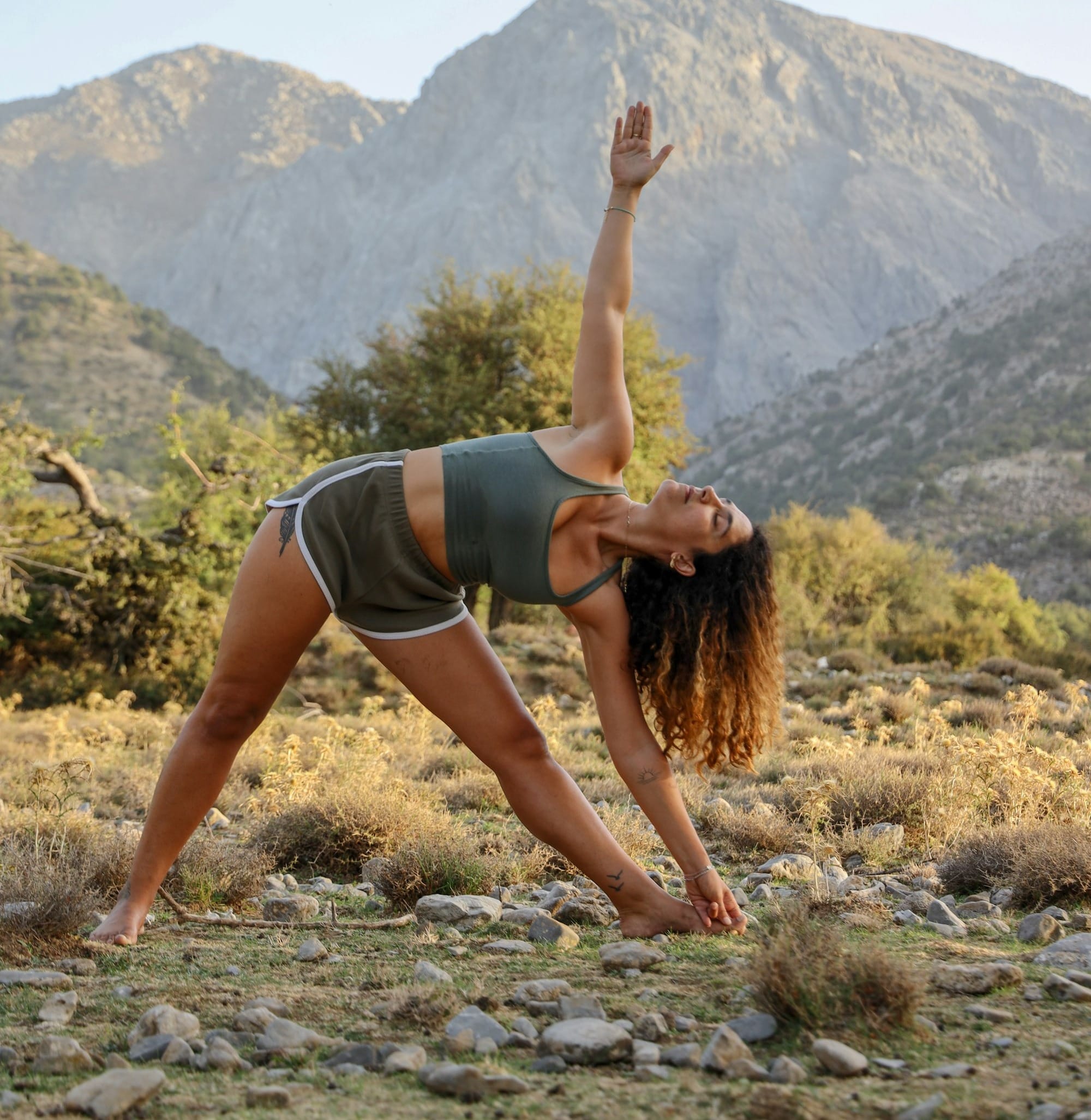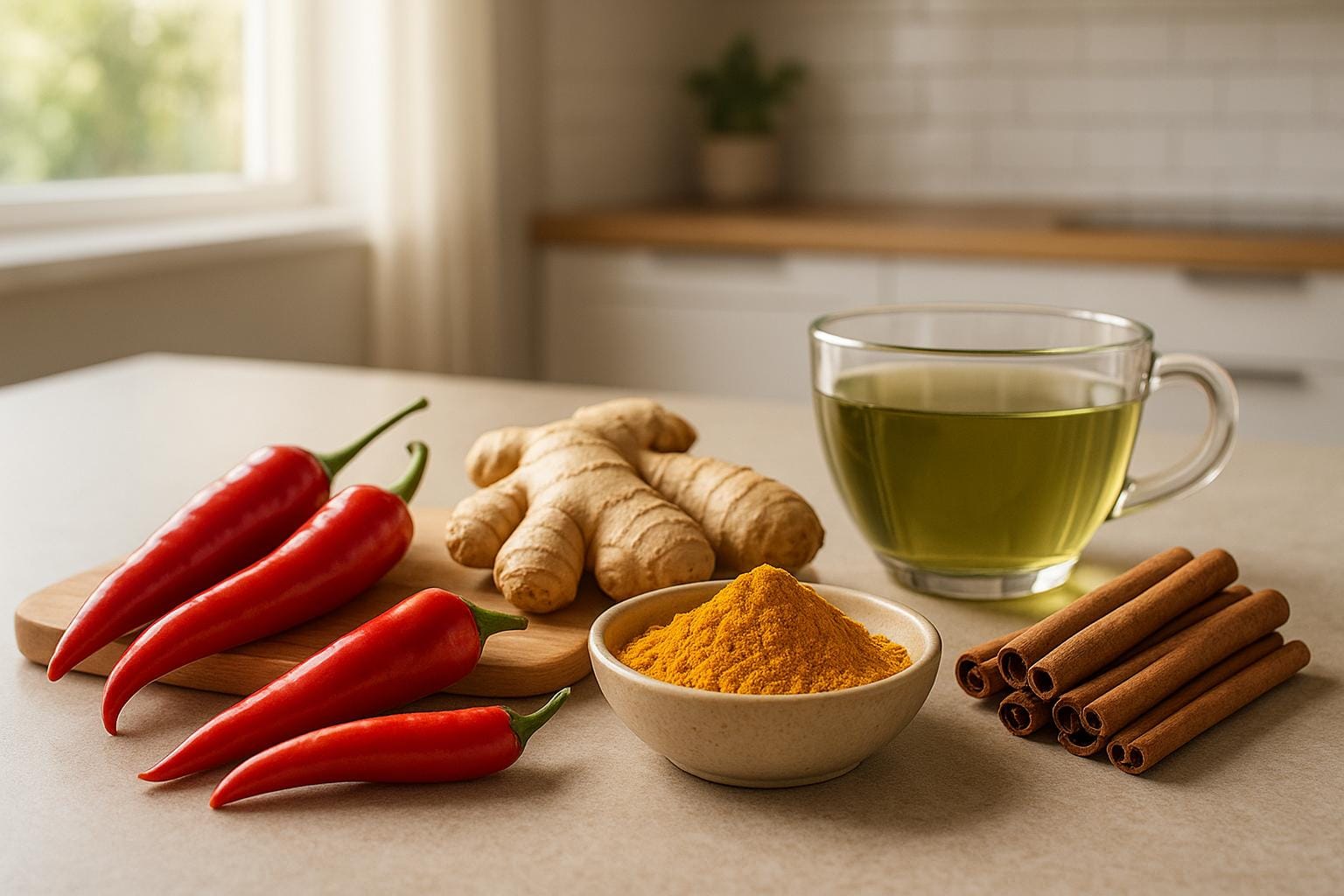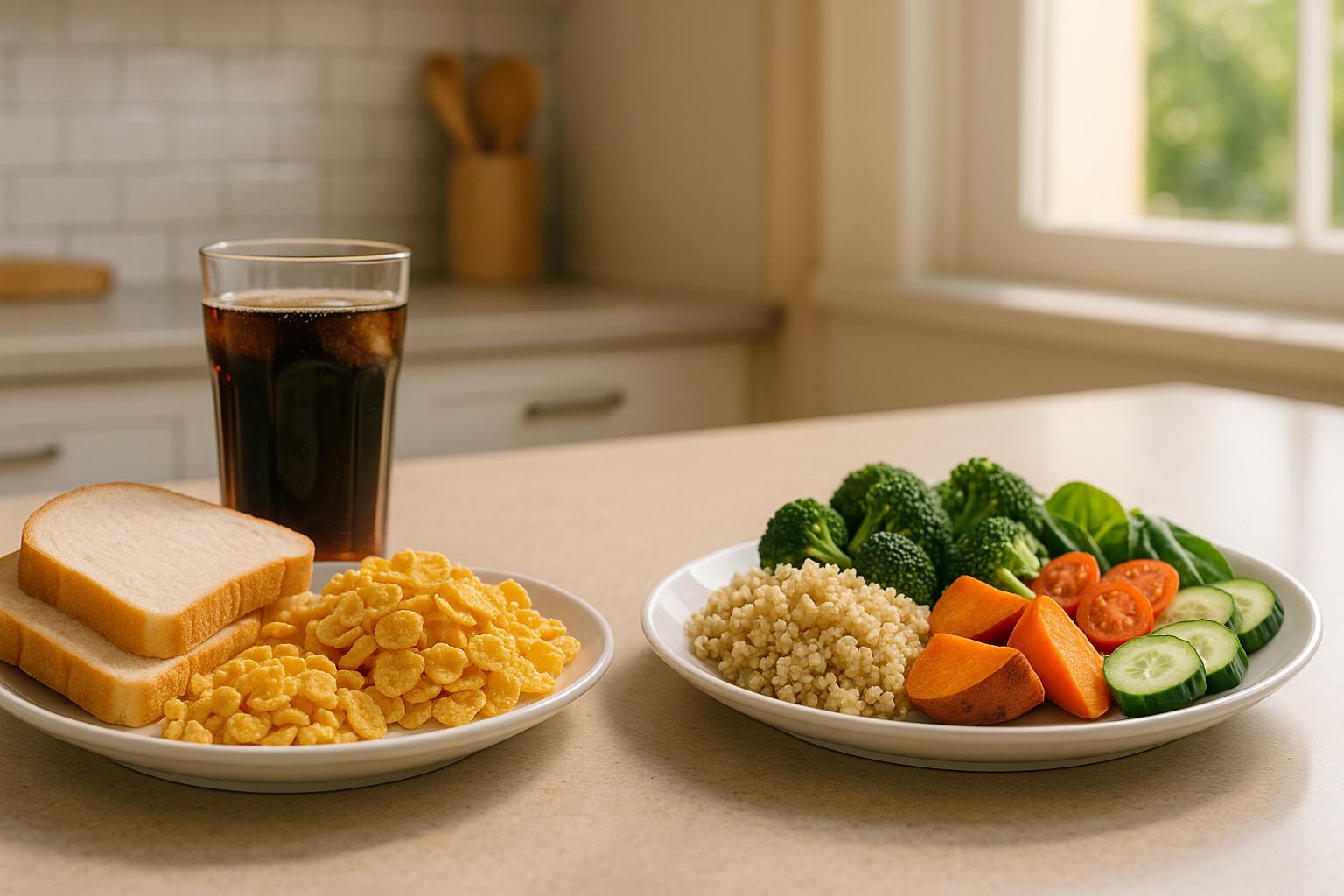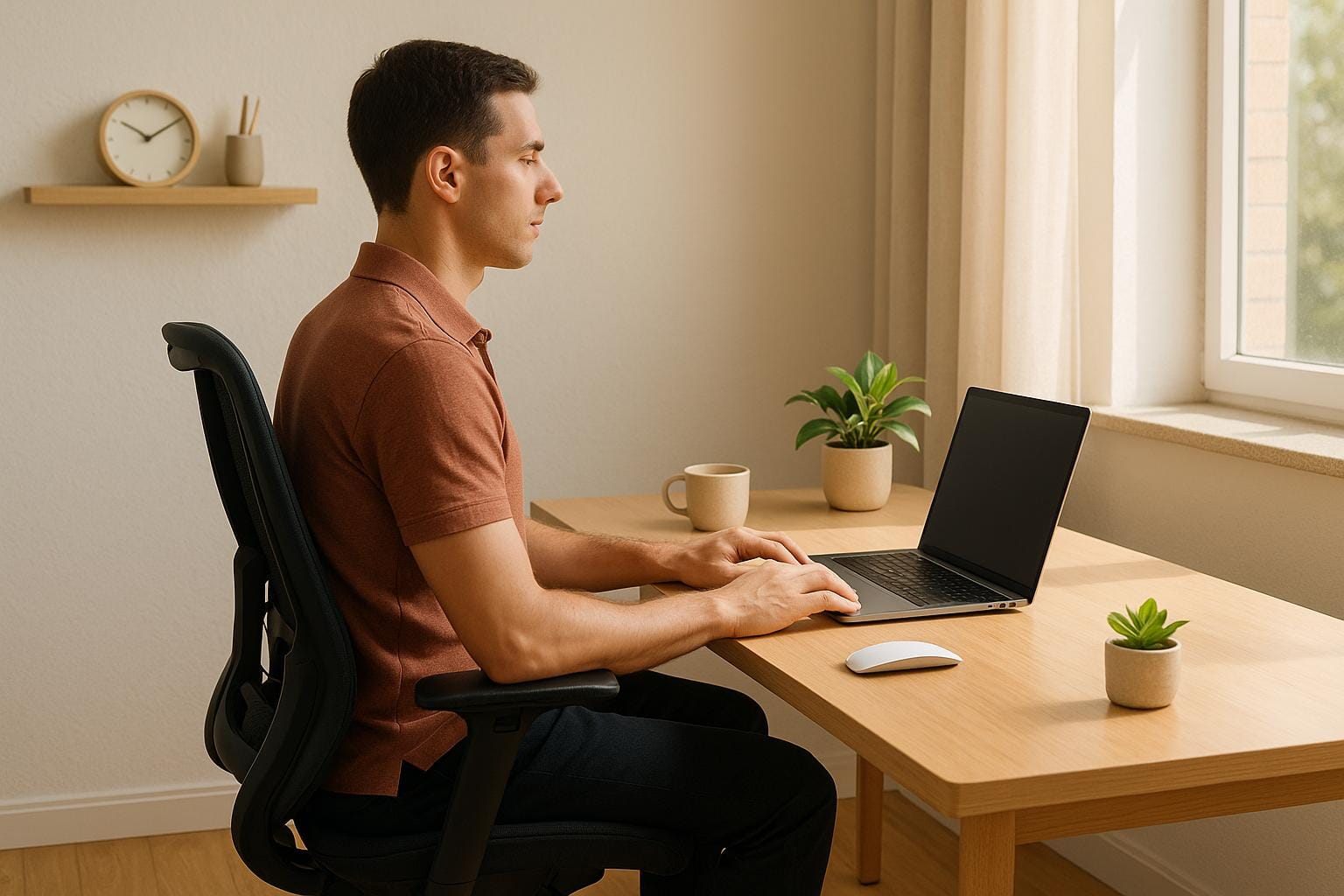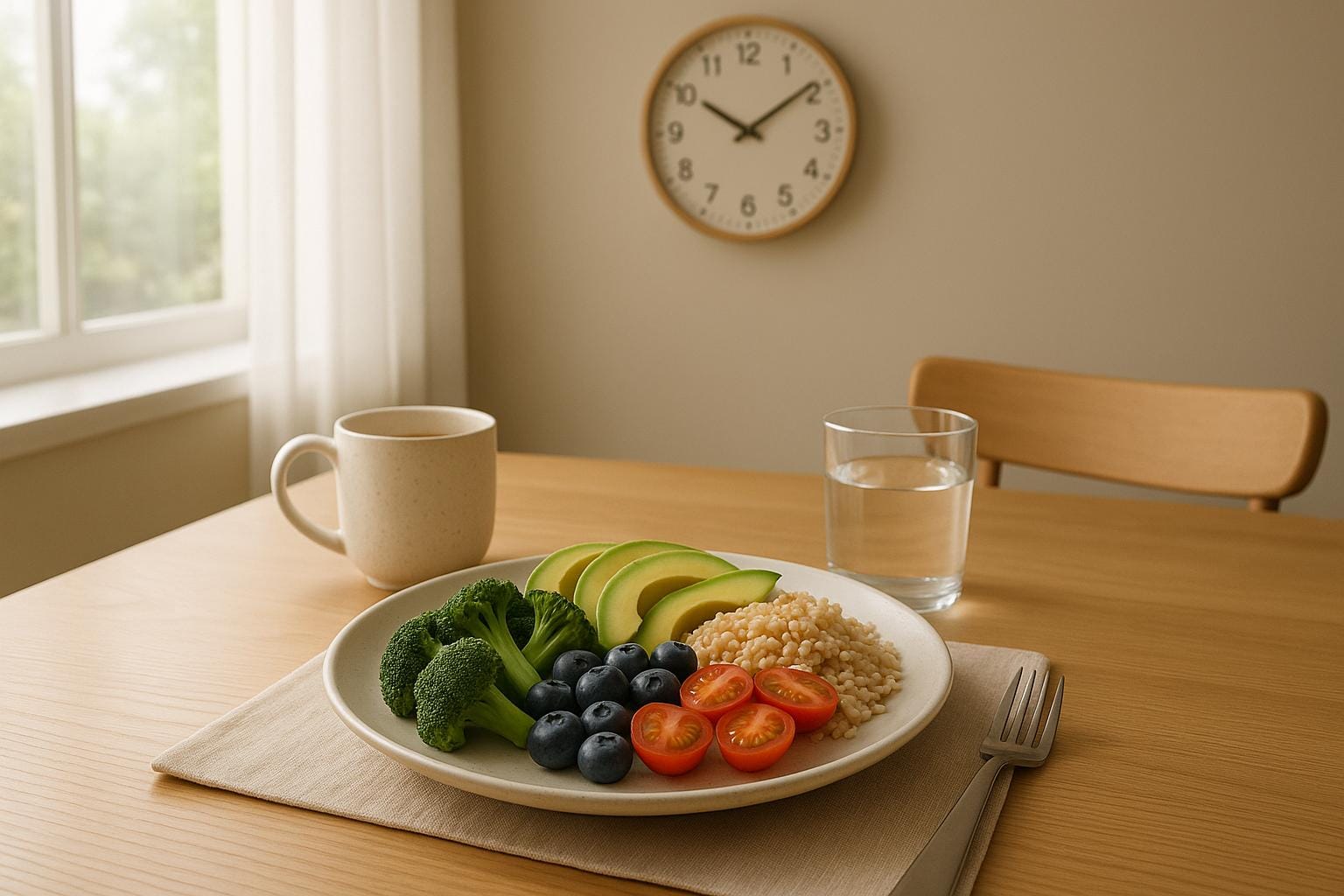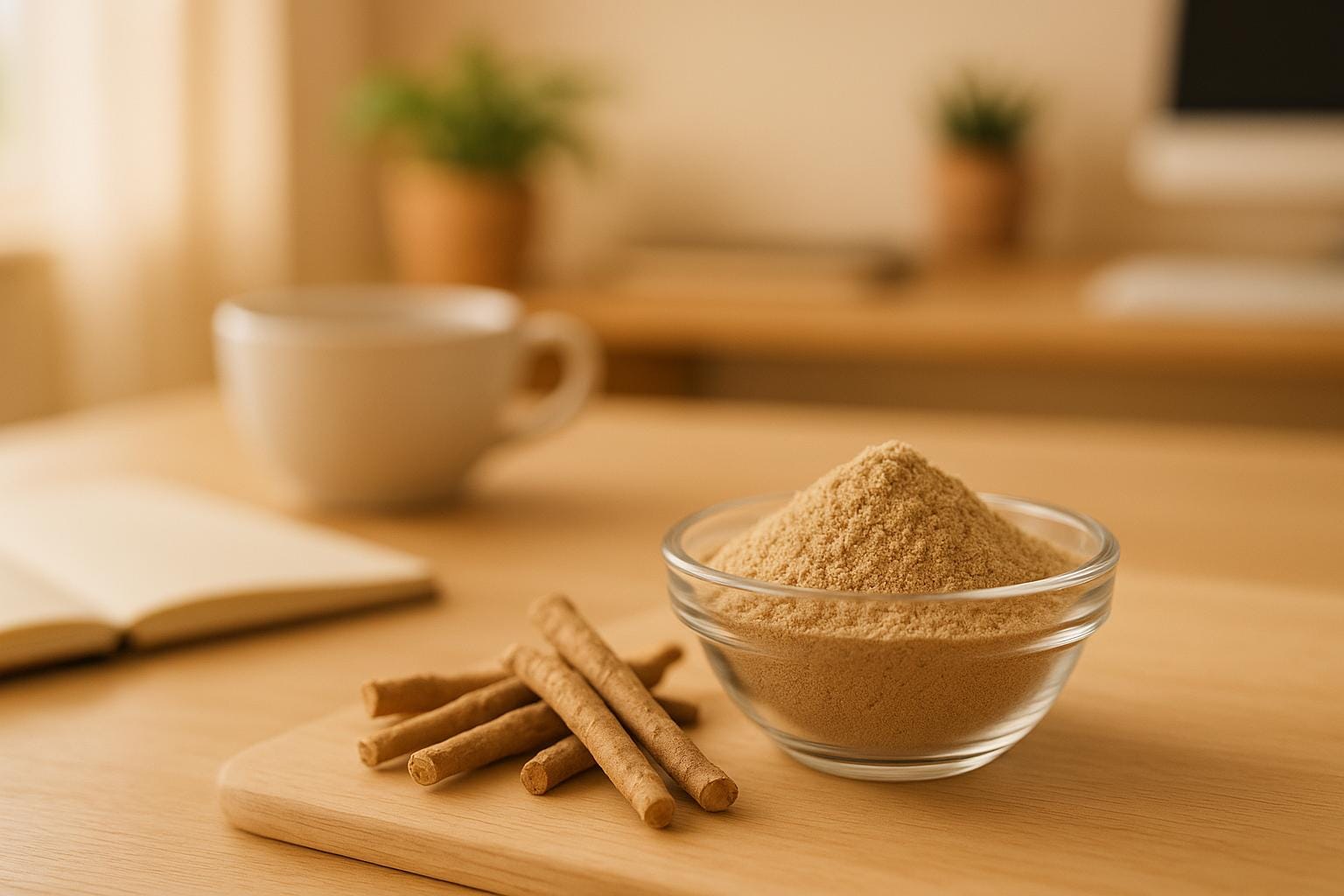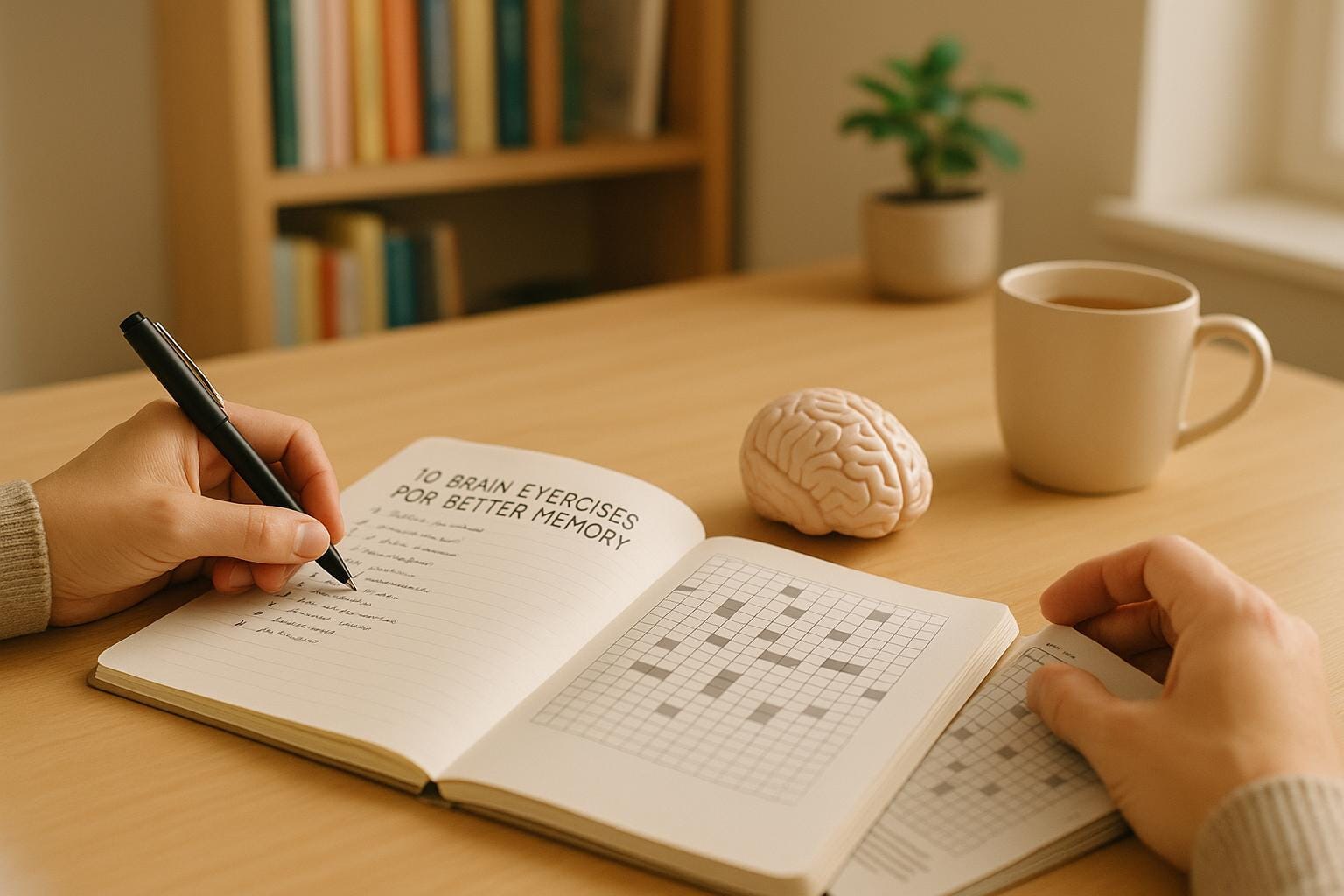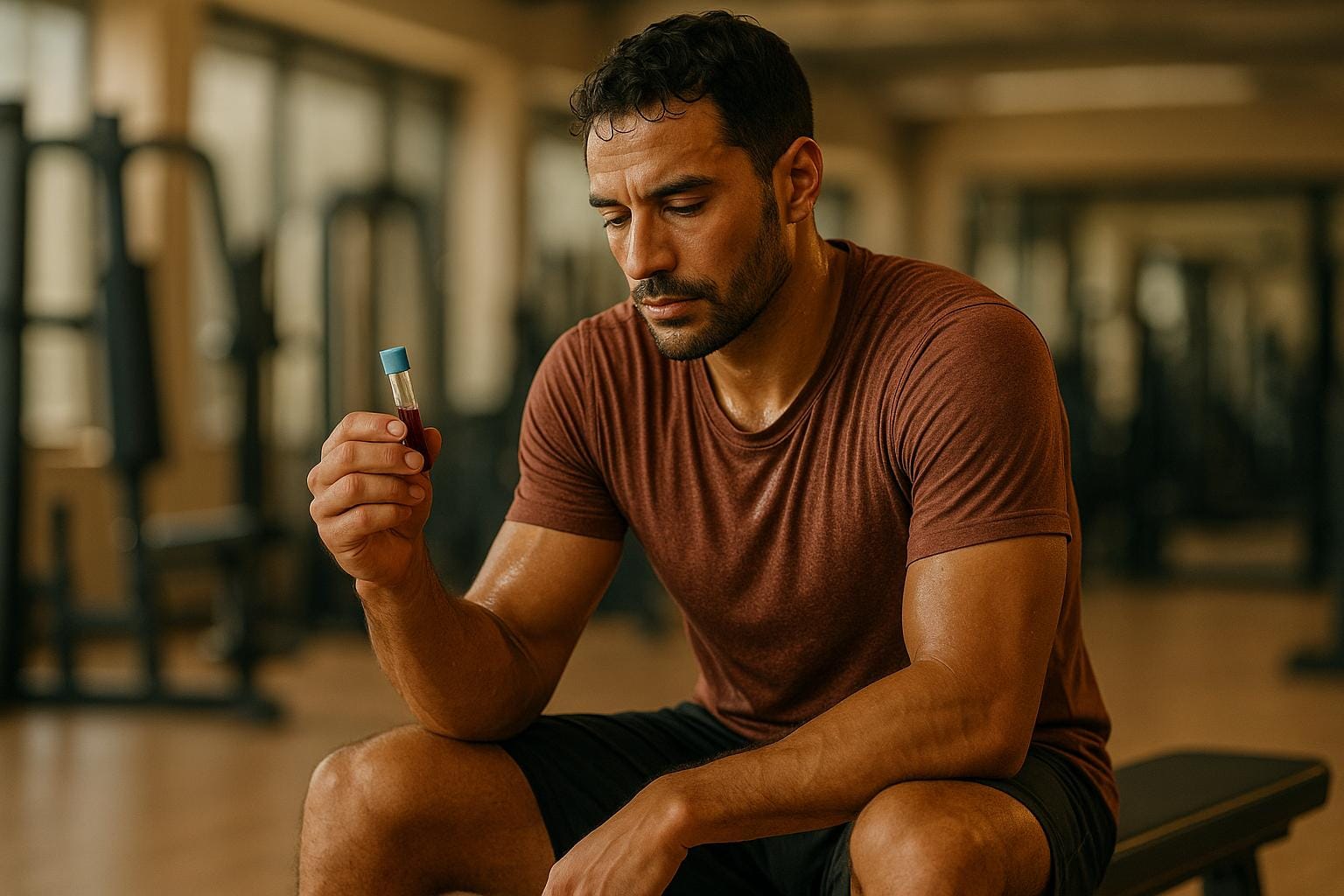Introduction
As we age, maintaining flexibility and balance becomes increasingly essential for preserving independence and quality of life. Incorporating yoga into your daily routine can help counteract the natural decline in mobility that comes with aging. This article explores how gentle yoga practice can improve flexibility, enhance balance, reduce the risk of falls, and promote overall well-being after the age of 50.
Why Flexibility and Balance Matter for Seniors
The Impact of Aging on the Body
With age, our muscles tend to lose elasticity and our joints become stiffer. These changes can lead to decreased mobility, poor posture, and an increased risk of falls. Scientific research confirms that regular physical activity—especially routines that incorporate stretching and balance training—can help slow down these degenerative processes. For seniors, maintaining flexibility is not just about being able to bend or twist; it’s a crucial factor in keeping your body strong, agile, and less prone to injury.
Flexibility, Balance, and Independence
Enhanced flexibility allows for a greater range of motion, making everyday activities such as bending to tie your shoes, reaching for objects, or even simply walking, much easier. Improved balance, on the other hand, is directly linked to a lower risk of falls—a leading cause of injury among older adults. Studies have shown that older adults who participate in balance-enhancing exercises report fewer falls and enjoy a greater sense of stability in their daily lives.
Benefits Backed by Research
- Improved Joint Mobility: Yoga’s slow, controlled stretching can help maintain joint mobility and prevent stiffness.
- Enhanced Posture and Core Strength: Many yoga poses engage the core muscles, which support a strong, upright posture.
- Reduced Risk of Falls: Exercises that improve balance have been associated with a significant reduction in fall-related injuries.
- Pain Relief: Gentle stretching can alleviate chronic pain often associated with arthritis and other age-related conditions.
- Increased Independence: By preserving physical capabilities, yoga helps seniors stay independent and active longer.
Key Yoga Poses for Flexibility and Balance
Mountain Pose (Tadasana)
Mountain Pose is a foundational yoga posture that helps you build awareness of your body and promotes proper alignment. In this pose, stand tall with your feet hip-width apart, grounding evenly through your feet, and relax your shoulders down. Focus on your breath and imagine rooting yourself into the earth.
- Benefits: Improves posture, strengthens the legs, and enhances body awareness.
- Modifications: Use a wall for support if needed. Practice in barefoot or with supportive shoes.
Tree Pose (Vrksasana)
Tree Pose is excellent for improving balance and concentration. Stand on one leg while placing the sole of your other foot on your inner thigh or calf (avoid the knee). Bring your hands together at your heart (Anjali Mudra) and focus on a fixed point to maintain balance.
- Benefits: Enhances balance and strengthens the legs and core muscles.
- Modifications: Beginners may practice with one hand on a wall or chair for support.
Chair Yoga Variations
For those with limited mobility or balance issues, chair yoga offers a safe alternative. Many poses can be adapted to a seated position without losing the benefits of stretching and strengthening.
- Benefits: Increases flexibility and strength while reducing the risk of falls.
- Examples: Seated forward bend, seated spinal twist, and gentle seated stretches.
Downward-Facing Dog (Adho Mukha Svanasana)
Downward-Facing Dog is a full-body stretch that primarily targets the hamstrings, calves, and spine. It also helps to build upper-body strength and improve circulation.
- Benefits: Enhances flexibility in the back and legs, improves blood flow, and strengthens arms.
- Modifications: If the pose is too intense, bend your knees or use a wall for support.
Warrior II Pose (Virabhadrasana II)
Warrior II strengthens the legs, core, and glutes while opening the hips and chest. This pose also improves concentration and balance.
- Benefits: Builds leg strength, enhances stability, and improves overall endurance.
- Modifications: If balancing is challenging, practice with your back heel on the ground or use a chair for support.
How to Incorporate Yoga Into Your Daily Routine
Establishing a Consistent Practice
Consistency is key when it comes to reaping the benefits of yoga. Even a short, 10- to 15-minute session each day can lead to noticeable improvements in flexibility and balance. Here are some tips to get started:
- Set a Routine: Choose a specific time each day for your yoga practice—such as after waking up or before bedtime—to build a habit.
- Create a Comfortable Space: Designate a quiet area in your home where you have enough room to move. Use a yoga mat and keep any necessary props (like blocks, straps, or a chair) nearby.
- Start Slow: Begin with gentle stretches and basic poses. As you become more comfortable, gradually increase the duration and intensity of your practice.
Finding the Right Class or Instructor
Whether you decide to practice at home or join a class, it’s important to find instruction that suits your needs.
- Local Classes: Many community centers, senior living facilities, and yoga studios offer classes specifically tailored for older adults.
- Online Resources: There is an abundance of online videos and guided sessions that cater to beginners and seniors. (such as fitup)
- Consult Professionals: If you have preexisting health conditions, consult with your doctor or a physical therapist before starting a new yoga regimen.
Safety and Modifications
As you integrate yoga into your routine, always listen to your body. Here are some safety tips:
- Warm-Up: Begin each session with a gentle warm-up to prepare your muscles and joints for movement.
- Use Props: Use supports such as chairs, blocks, or straps to modify poses so that they suit your current flexibility and balance levels.
- Avoid Overstretching: Never push your body into discomfort or pain. Instead, ease into the stretches gradually.
- Rest When Needed: If you experience any pain or discomfort, pause and rest before continuing.
Additional Tips for Enhancing Flexibility and Balance
Incorporate Mindfulness
Yoga is not just physical exercise; it’s a holistic practice that also nurtures the mind. Incorporate mindfulness into your sessions by focusing on your breath and the sensations in your body. This mental focus can help you achieve deeper stretches and improve balance.
Mix in Other Forms of Exercise
While yoga is highly beneficial, combining it with other forms of exercise—such as walking, swimming, or gentle strength training—can provide a well-rounded fitness regimen. This variety can further enhance your mobility and overall health.
Track Your Progress
Keeping a journal of your yoga practice can help you monitor improvements over time. Note how you feel before and after each session, any increases in your range of motion, and improvements in balance. Tracking your progress can keep you motivated and help you adjust your routine as needed.
Conclusion
Yoga is a powerful tool for maintaining flexibility and balance as you age. By incorporating regular practice into your routine, you can enjoy enhanced mobility, a reduced risk of falls, and an overall improvement in your quality of life. Remember to start slowly, use appropriate modifications, and build your practice gradually. With consistency and mindfulness, you’ll stretch into your golden years with strength, stability, and confidence.
Embrace the journey of yoga to keep your body agile and your spirit uplifted—because growing older doesn’t mean giving up on movement. Start today, and experience how stretching into your golden years can transform your life.


